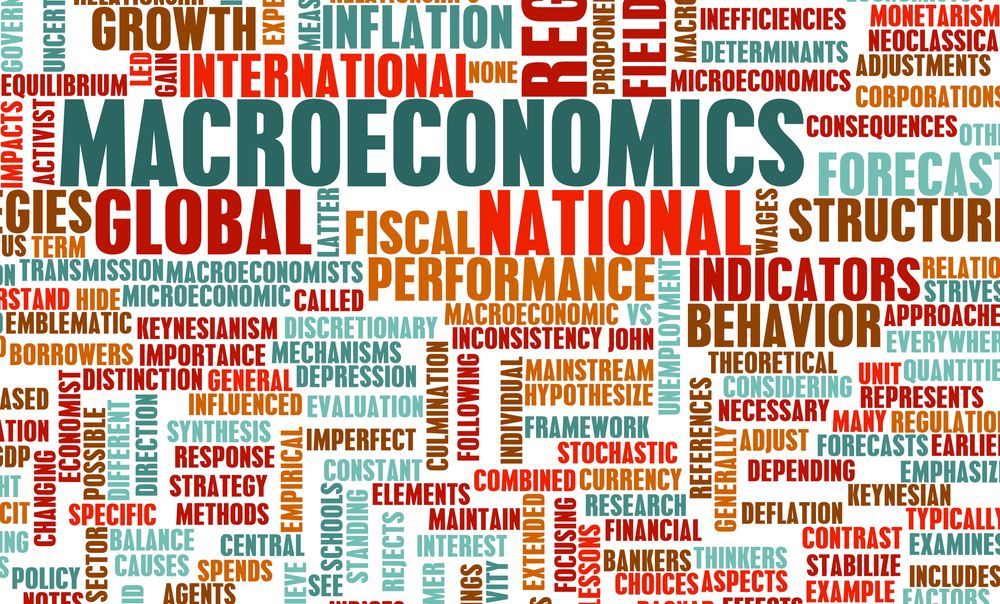
What is macroeconomics?
Macro-economics
The national economy pages introduce macro-economic concepts, models, and theories, and explains how macro-economic problems are analysed, and policies evaluated.
Macro-economic theory
Macro-economics is traditionally broken down into macro-economic theory and macro-economic policy. Macro-economic theory involves the construction and use of models of the whole, ‘macro’, economy. Economists build such models so that they can explain the structure of an economy, and the role and significance of the parts that make up this structure. Macro-economic models also help the economist understand how the separate components of the macro-economy are related.
Macro-economic models are also used to help economists and policy makers make predictions, or forecasts, about the economy, and about the effect of changes in one economic variable, such as exchange rates, on other variables, such as prices and output.
Macro-economic policy objectives
Macro-economic policy refers to how governments and other policy makers compensate for market failures in order to improve economic performance and well-being. Improvements in performance begin with the setting of policy objectives, which include the achievement of sustainable economic growth and development, stable prices and full employment. Some of the objectives set are potentially in conflict with each other, which means that, in attempting to achieve one objective, another one is ‘sacrificed’. For example, in attempting to achieve full employment in the short-term price inflation may occur in the longer term.
Policy targets
In order to achieve policy objectives, policy makers will set targets to aim for. Targets are often fixed, and widely known, such as the current UK inflation target of 2%, but they may also be flexible and less widely known, such as exchange rate and employment targets.
Policy instruments
Once policy objectives and targets are established, policy makers need to choose between alternative policy tools, or instruments. These instruments are the levers of control of the macro-economy and include monetary instruments such as interest rates, and fiscal instruments such as tax rates and government spending.
Policy disagreements
Policy disagreements occur for a number of reasons. Macro-economic policy is often shaped by long held normative beliefs about what is essential, and this influences the choice of model, objective, target, and instrument. For example, some economists put the eradication of poverty above the maximisation of corporate profits, and this will strongly influence their belief about how the tax system should be used. In addition, different economists may use different economic models and forecasting techniques, and this may lead them to disagree about the need for, size of, or timing of policy changes.


